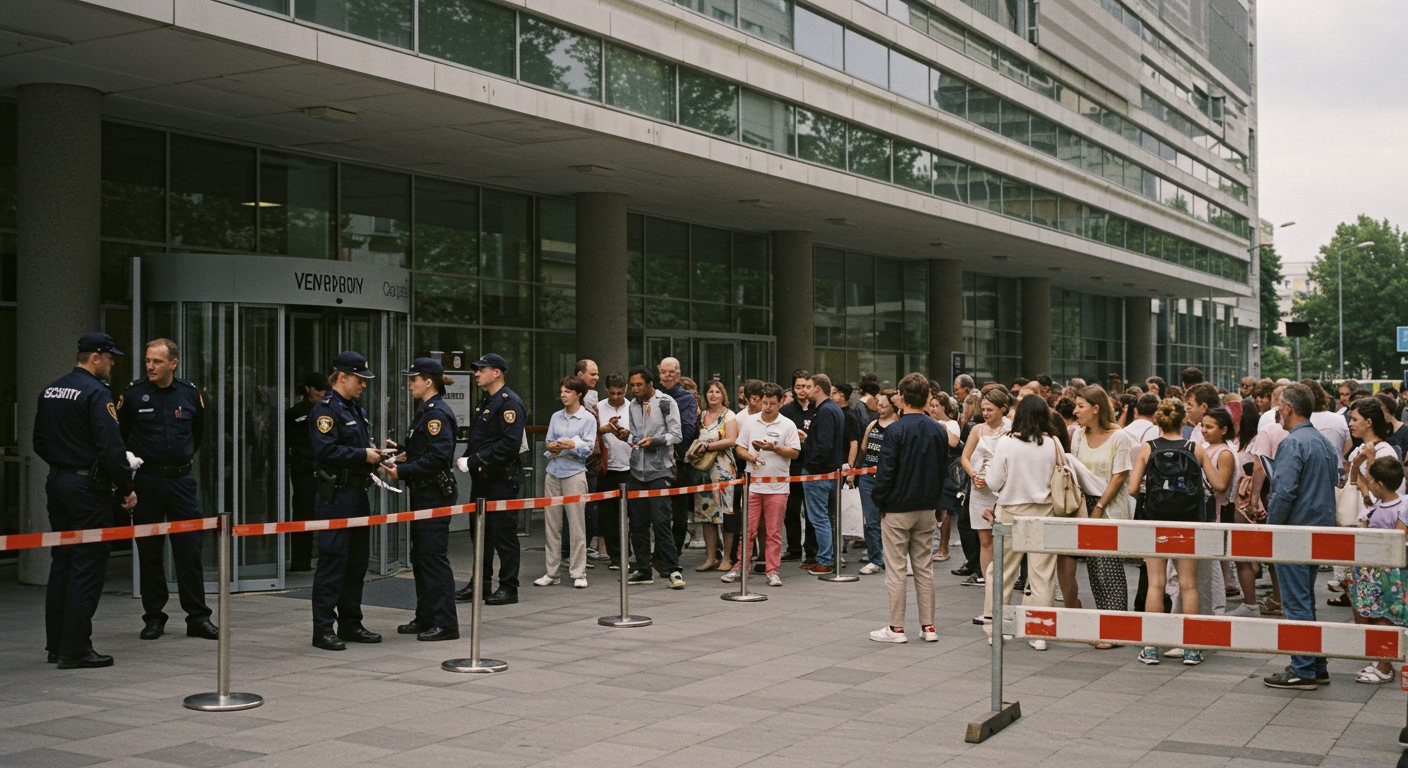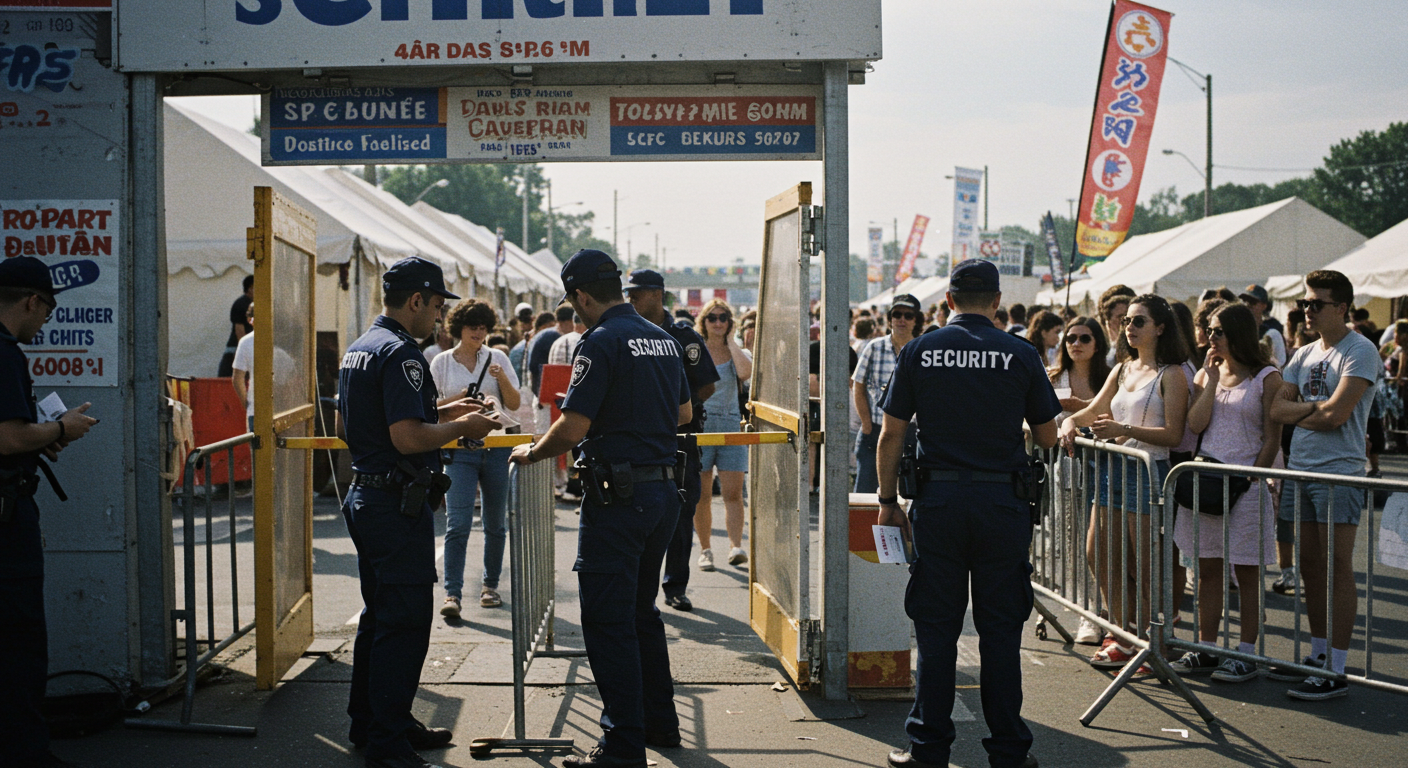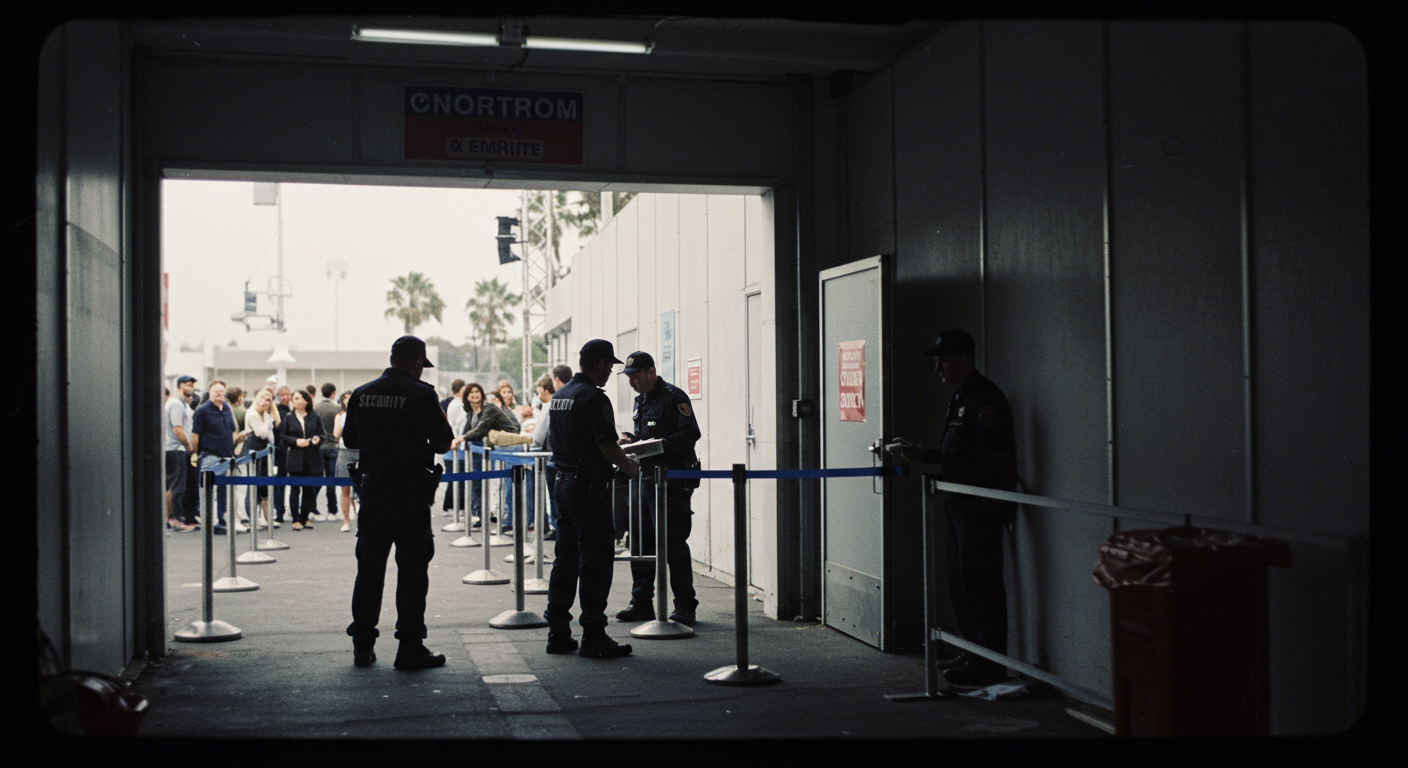
Event Security Plan: A Step-by-Step Guide for Safe, Successful Events
Every successful event relies on more than just great entertainment or logistics—it hinges on keeping guests, staff, and assets secure. Whether you’re managing a private function, corporate gathering, music festival, or high-traffic public event, a comprehensive event security plan is essential.
Without one, you risk legal liability, crowd-related incidents, and safety failures that can quickly spiral out of control. This guide walks you through why security planning matters, how to do it correctly, and what mistakes to avoid—ensuring your event runs smoothly from start to finish.
Why You Need an Event Security Plan

Security is often the silent factor behind a well-run event. Without clear plans in place, even a minor issue can result in chaos, injuries, or costly legal consequences. Developing a professional event security plan mitigates these risks while boosting attendee confidence.
Key Threats That Make Security Planning Essential:
- Overcrowding and panic situations due to poor crowd control
- Theft or property damage, especially in large or open-access venues
- Health or medical emergencies that require trained response teams
- Uninvited individuals or intruders accessing restricted areas
- Legal liability stemming from preventable safety issues
A well-documented plan provides a structured approach to event risk management, reducing the likelihood of disruption and ensuring that everyone knows their role in the event’s safety infrastructure.
Key Elements of a Successful Event Security Plan

To be effective, your event security plan must be comprehensive and tailored to your venue, crowd type, and event size. Below are the most important components to include:
1. Thorough Venue Assessment
Begin by analyzing the event location. Identify points of entry and exit, blind spots, high-traffic areas, and restricted zones. Evaluate lighting, emergency exits, and vulnerabilities specific to the space.
2. Security Team Design and Roles
Decide how many security guards for events are required based on expected attendance and layout complexity. Organize team duties such as:
- Entry screening and guest verification
- Perimeter monitoring
- Response to disturbances
- Escorting VIPs or high-profile individuals
For best results, hire experienced private event security services with a proven track record.
3. Access and Credential Management
Use access controls to keep unauthorized guests out and protect high-security areas.
- Utilize wristbands, ID badges, or scannable passes
- Assign levels of access for staff, performers, and vendors
- Position guards at key entry points to validate access
4. Reliable Communication Channels
Establish communication systems that allow instant coordination among team members.
- Equip staff with radios or encrypted mobile tools
- Designate a security command center
- Train everyone on communication protocols and emergency code phrases
5. Safety Equipment and Supplies Check
Inspect all gear and ensure essential supplies are available before the event begins.
- Test surveillance systems and lighting
- Verify that emergency kits and extinguishers are in place
- Ensure all signage and barriers are clearly visible and sturdy
6. Evacuation and Emergency Response Planning
Plan how the event will handle fires, natural disasters, medical crises, or security breaches.
- Mark and test all emergency exits
- Assign staff to guide attendees in emergencies
- Brief all personnel on evacuation routes and procedures
- Collaborate with local responders if needed
Need Expert Help with Your Event Security Plan?
Step-by-Step Guide to Planning Event Security
Now let’s walk through the process of how to plan event security from beginning to end. Follow these steps for professional results:
Step 1: Begin Early with a Security Audit
Start planning 4–6 weeks ahead, depending on the scale of your event. Partner with a professional security provider to inspect the venue, identify security gaps, and define objectives.
Step 2: Identify and Prioritize Risks
Create a detailed risk assessment. Consider potential issues such as:
- Crowd crushes or bottlenecks
- Equipment tampering or theft
- Weather-related disruptions
- Medical emergencies or public health concerns
Use this to shape your event safety checklist and deployment strategy.
Step 3: Engage Local Agencies
If your event is large or public, notify and collaborate with local emergency services, fire departments, or law enforcement. This ensures faster coordination if an incident occurs.
Step 4: Finalize Staffing and Assignments
Map out where each guard or staff member will be located and what their responsibilities include.
- Assign staff to entrances, exits, backstage areas, and VIP zones
- Identify who will manage incidents, report updates, and support crowd flow
- Rotate staff as needed for long events to prevent fatigue
Step 5: Train Staff and Run Rehearsals
Don’t assume everyone knows what to do. Provide on-site or virtual briefings before the event.
- Review access protocols and emergency procedures
- Walk through evacuation plans
- Role-play possible incidents (e.g., lost child, medical emergency, guest confrontation)
Step 6: Execute and Monitor in Real Time
On the day of the event:
- Deploy staff 1–2 hours early
- Monitor entrances and crowd behavior constantly
- Use live communication tools to manage incidents quickly
- Maintain situational awareness and adjust team positions if needed
Step 7: Post-Event Review and Reporting
After the event, conduct a debriefing to review what worked and what needs improvement.
- Document incidents or near misses
- Collect feedback from security and event staff
- Update your event security plan template for future use
Mistakes to Avoid When Planning Event Security

While good planning goes a long way, it’s equally important to recognize common missteps that can compromise safety:
Underplanning Based on Attendance
Too few staff for a large crowd increases risk of injury, theft, and uncontrolled behavior.
Solution: Always prepare for peak turnout, not average estimates.
Not Defining Staff Responsibilities
When roles aren’t clearly assigned, confusion slows down response time in emergencies.
Solution: Provide written role assignments and conduct team briefings.
No Backup for Emergency Scenarios
If your main plan fails—due to weather, power outages, or crowd surges—you need a backup.
Solution: Build contingency plans into your strategy and assign backups.
Hiring Inexperienced or Untrained Guards
Inadequate staffing leads to inconsistent enforcement, weak crowd control, and poor risk mitigation.
Solution: Use only licensed, trained professionals from trusted private event security services.
Ignoring Communication Logistics
Without communication systems, even the best team becomes ineffective.
Solution: Set up radios, clear check-in points, and structured messaging protocols.
Final Thoughts on Hosting Safe, Secure Events

Planning a successful event goes beyond décor and scheduling—it’s about ensuring that every guest, vendor, and staff member feels safe and protected. A comprehensive event security plan is your first and best defense against risks that can derail even the best-organized events.
From proactive staffing and communication systems to equipment checks and exit strategies, each step contributes to a more professional, secure atmosphere. Avoiding common planning mistakes and investing in experienced security for large gatherings ensures smooth operations and peace of mind.





